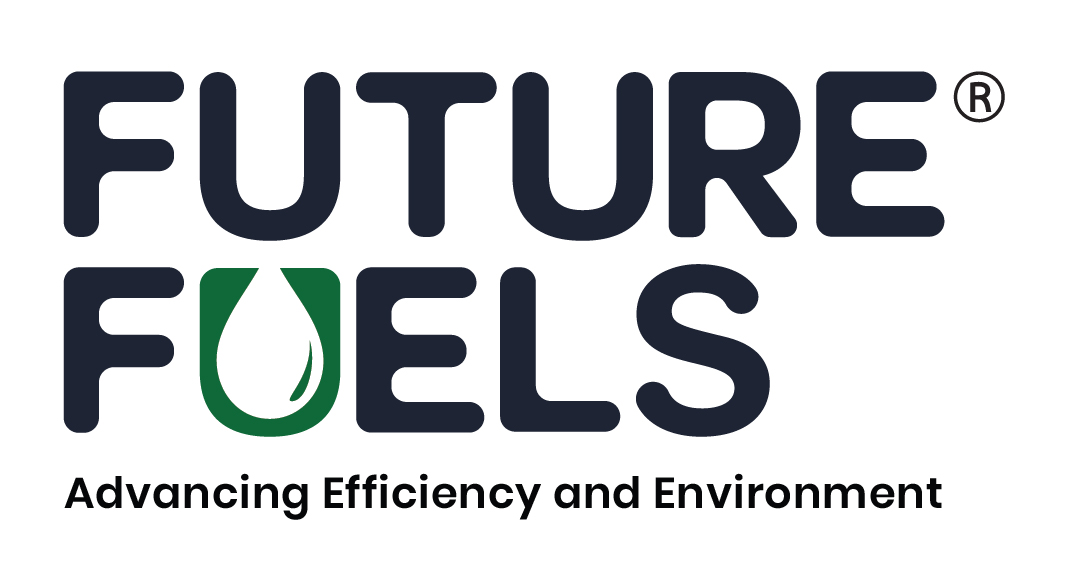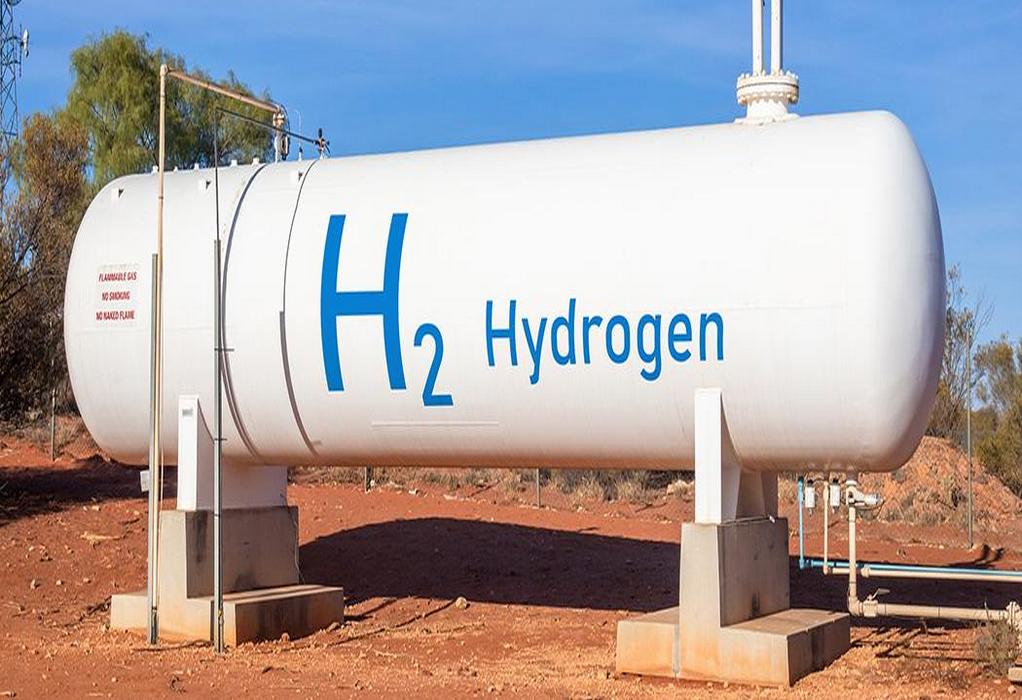The Ministry of New and Renewable Energy (MNRE) plans to convene a meeting with relevant stakeholders to discuss the development of specialised cylinders for green hydrogen storage. The decision was made after manufacturers of commercial vehicles, including heavy duty and long haul trucks, flagged challenges related to high-pressure storage cylinders in the adoption of green hydrogen as a sustainable fuel in the transport sector.
Commercial vehicle manufacturers identified the higher cost of green hydrogen fuel cells as another challenge in a meeting with MNRE on January 25. The proposed meeting is likely to include manufacturers of specialised cylinders for compressed and liquified natural gas, some of whom have already commenced research and development on cylinders for hydrogen, which is stored at a much higher pressure.
Gas cylinders are typically categorised into four types, depending upon the materials used. Type 1 and Type 2 are suitable for storage, while Type 3 is preferred for storage and transportation, and Type 4 is recommended for on-board storage. Unlike compressed natural gas (CNG), which is stored at a pressure of around 3,600 psi, the pressure at which hydrogen is stored ranges between 5,000-10,000 psi. The MNRE has indicated a meeting with industry stakeholders for the development of Type 3 and Type 4 cylinders to address challenges related to high-pressure hydrogen cylinders.
Tags: Cylinders, Hydrogen, MNRE



Recent Posts
FRV Partners with Envision Energy on Green Ammonia Project in Brazil
Hamburg Trials HVO 100 Biofuel for Port Fleet as Interim Decarbonization Measure
CUMTA considers water metro linking ECR and Napier bridge
BSM unveils methanol bunkering simulator to equip seafarers for greener shipping
DPA commissions India’s first Make-In-India green hydrogen plant at Kandla
Port of Tauranga to Trial New Zealand’s First Fully Electric Straddle Carrier
OceanScore Crosses 2,300-Vessel Mark as Demand for Compliance Solutions Grows
HD Hyundai and H-Line Shipping Collaborate on AI-Powered Autonomous and Eco-Friendly Vessel Technologies